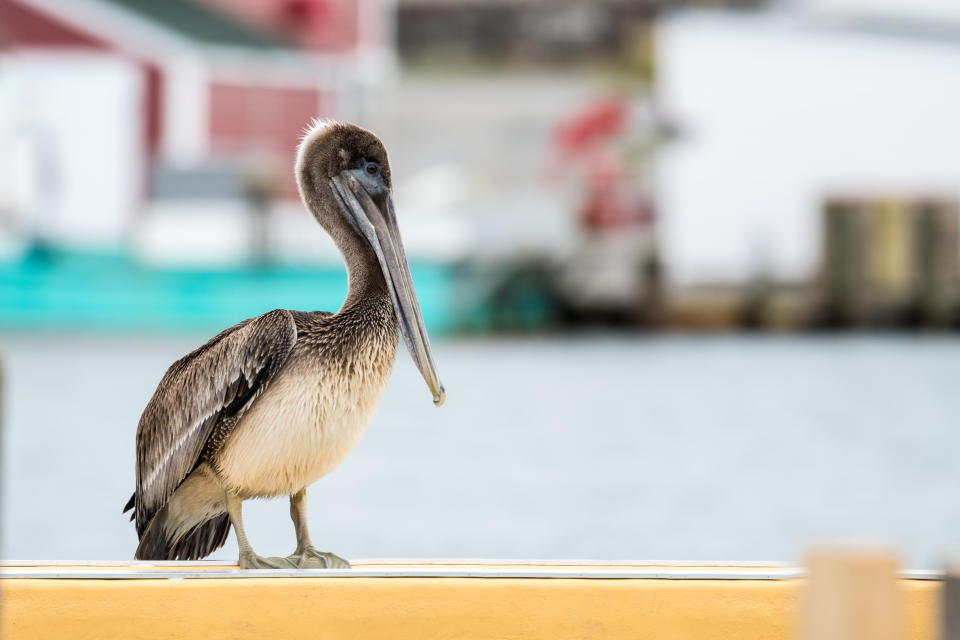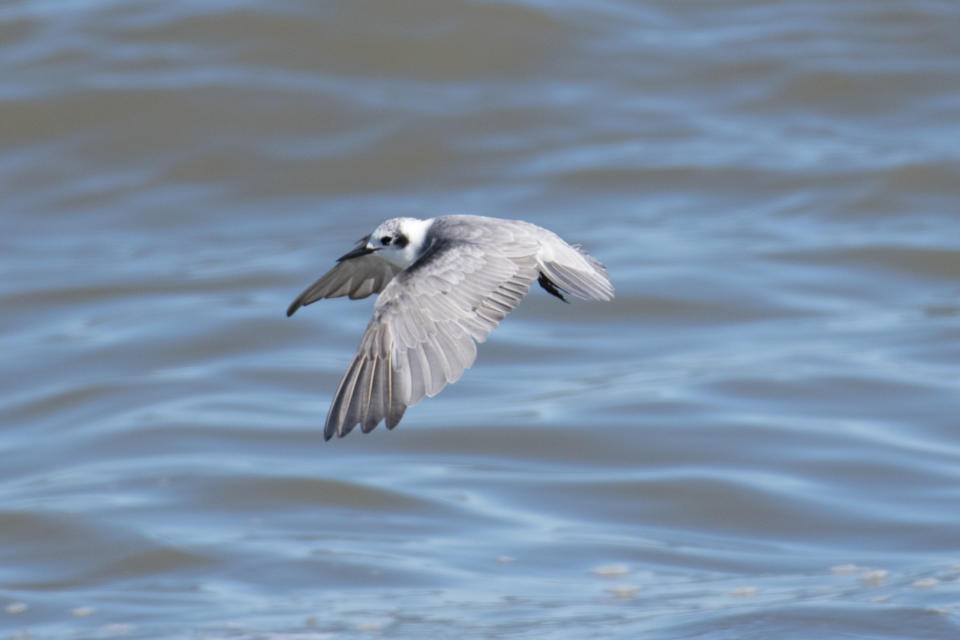Foreign birds blown into Cape Breton by Hurricane Dorian

Some vagrant species of birds have arrived in Nova Scotia, after taking the expression “whichever way the wind blows” literally.
A brown pelican has recently been spotted wandering around Cape Breton’s Glace Bay, quite a ways away from its warmer natural habitat.
So how did it get there? Bird experts say the large waterbird was likely blown off course from the southern U.S. coast as a result of Hurricane Dorian.
David McCorquodale is a birder and biology professor at Cape Breton University. He tells Yahoo Canada that several species of birds, which are typically found along the coats of Florida, Georgia and South and North Carolina at this time of year, likely got caught up in the storm and dropped out of it.
The pelican isn’t the only bird whose flight path was disrupted as a result of the dramatic storm winds. Others species of birds that found themselves outside of their traditional region include terns, which look like slightly smaller seagulls, as well as a black-necked stilt and swallows. The latter is commonly spotted in Nova Scotia during the summertime, but are expected to migrate to the Carolinas by the fall.

So what’s a lost bird to do? McCorquodale said there are a few options. While some birds don’t make it through the tough winters, others will feed extensively for up to five days a week, building up the strength to make the long trip back south.
“They build up the resources and are heading back and will probably end up in Massachusetts or the Carolinas or New Jersey in a few days,” he says.
However, sometimes the misplaced birds choose to stick around.
“A few will likely hang around and it could because they’re injured,” McCorquodale explains. “We’re not really sure what’s going to happen to them.”
In 2011, a pelican named Ralph became a local celebrity in Halifax after getting swept up in Hurricane Earl.
Other birds that have inadvertently drifted into the province include a crested caracara that was seen close to Balls Creek in Cape Breton in 2014 and the colourful painted bunting, which was spotted in Marble Mountain in 2018.

